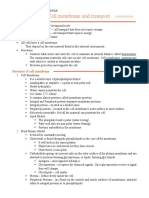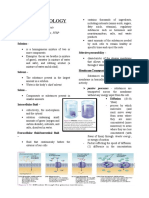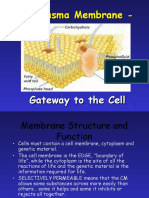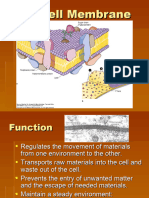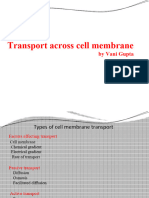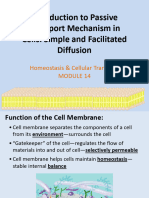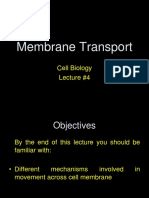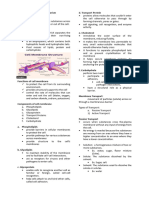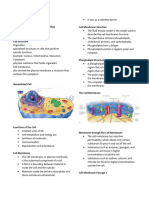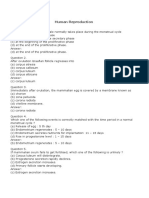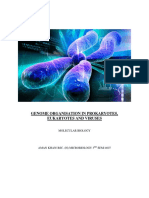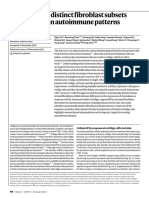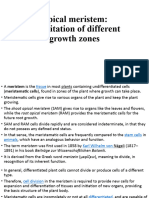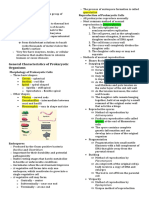0% found this document useful (0 votes)
11 views14 pagesNotes 4 Bio
The document provides an overview of cellular processes including mitosis, meiosis, and the structure and function of the plasma membrane. It details the mechanisms of transport across the membrane, such as diffusion, osmosis, and endocytosis, as well as the role of enzymes in biochemical reactions. Additionally, it explains oxidation-reduction reactions and the significance of redox enzymes in cellular metabolism.
Uploaded by
charlottedalinoc0914Copyright
© © All Rights Reserved
We take content rights seriously. If you suspect this is your content, claim it here.
Available Formats
Download as DOCX, PDF, TXT or read online on Scribd
0% found this document useful (0 votes)
11 views14 pagesNotes 4 Bio
The document provides an overview of cellular processes including mitosis, meiosis, and the structure and function of the plasma membrane. It details the mechanisms of transport across the membrane, such as diffusion, osmosis, and endocytosis, as well as the role of enzymes in biochemical reactions. Additionally, it explains oxidation-reduction reactions and the significance of redox enzymes in cellular metabolism.
Uploaded by
charlottedalinoc0914Copyright
© © All Rights Reserved
We take content rights seriously. If you suspect this is your content, claim it here.
Available Formats
Download as DOCX, PDF, TXT or read online on Scribd
/ 14
















